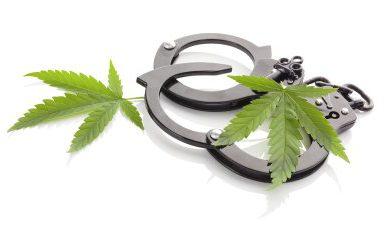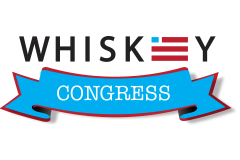
Marijuana Arrests Higher For Blacks in Legal Weed States
Many proponents of the legalization of marijuana will tell you that this will reduce arrests for marijuana, specifically Black American youth.
While we have seen dramatic reductions in arrests for marijuana in states that have legalized it, there is still a great racial divide between whites and blacks and marijuana arrests.
In states that have legalized marijuana arrests for whites range from 2 to 10 times less than that of blacks in the same state. It is important to again point out that arrests for marijuana have dropped dramatically for all races in states that have legalized it, but blacks are still arrested at a much higher rate.
Most can look at this and make a relatively linear connection to arrest rates and racial bias. Racial bias is a general term and doesn’t really get to some of the issues that are creating the disparity. On the surface it seems simple but when we look at why there is bias we start to see a cycle that will be hard to break without additional reforms.
An example of how this goes beyond pure bias is the way certain demographics are policed. Urban areas with historically high rates of crime receive additional police resources such as higher numbers of patrolling officers, officers with drug sniffing dogs, and various task forces such as VICE, gang and drug units. In these neighborhoods the police are looking specifically for drug activity because of it’s direct connection to gangs and violence. Stop the drugs, stop the crime.
To most people the above makes perfect sense, go to where the crime is and stop it at its source. The problem is that more affluent and typically white communities are not policed this way. Most will argue that there is little violent crime in these neighborhoods therefore there is no need. While I won’t disagree about the need, or the violent crime, we can’t ignore that there is still crime.
Statistically, white and black people use marijuana in roughly the same amounts. What this means is that white people are smoking and selling just as much pot/weed/cannabis as black people, but essentially no one is looking for it. Police in more affluent neighborhoods are typically there to monitor and react, where in urban centers there is more of a seek and destroy mentality when it comes to crime.
As long as police are more aggressively looking in minority and lower income communities for crime, arrests and crime rates will remain higher for these communities than their more affluent and white counterparts.
More aggressive policing isn’t the only cause for the disparity, but is one of the leading factors. To reverse this trend, a strong effort from local authorities, the citizens on the ground, backed by state and federal assistance will all be required.
Marijuana legalization does a lot of things, but one thing it doesn’t do is stop racial disparities in the criminal justice system — even with marijuana arrests.
In a recent report by the Drug Policy Alliance, the pro-legalization group documented the effects of marijuana legalization in several states. As expected, marijuana arrests are down dramatically in legal pot states. But arrests remain for, say, possession by people who are under the legal age of 21, unlicensed sales, and public consumption.
Things get a little more complicated, though, when you break the data down by race. Arrests have declined for all racial groups since legalization. But that hasn’t halted racial disparities.
Both black and white people are much less likely to be arrested over marijuana, but black people are still much more likely to be arrested for pot in comparison to white people.
Alaska legalized marijuana in 2014, although it did not start sales until 2016. In the state, white and black arrest rates fell by nearly 99 percent and more than 93 percent, respectively, between 2012 and 2016. But black people were arrested for marijuana at a rate of 17.7 per 100,000 in 2016, while white people were arrested at a rate of 1.8 per 100,000 — about 10 times less.
Washington, DC, decriminalized marijuana in 2014, then legalized possession and growing but not sales in a voter-approved ballot initiative that same year. For possession, arrest rates between 2010 and 2016 dropped by more than 99 percent for black people and almost 99 percent for white people. But, again, racial disparities remained: Black people were arrested for possession at a rate of 8 per 100,000 people in 2016, while white people were arrested at a rate of 2 per 100,000 — four times less.
This is similar to what we saw in Colorado, one of the first two states to legalize pot in 2012. A 2016 report from the Colorado Department of Public Safety found, “The decrease in the number of marijuana arrests by race is the greatest for White arrestees (‐51%) compared to Hispanics (‐33%) and African‐Americans (‐25%). The marijuana arrest rate for Whites and Hispanics is comparable, but the marijuana arrest rate for African‐Americans is almost three times that of Whites (348/100,000 for Blacks and 123/100,000 for Whites).”
Steve
Steve is an affordable multifamily housing professional that is also the co-founder of Whiskey Congress. Steve has written for national publications such as The National Marijuana News and other outlets as a guest blogger on topics covering sports, politics, and cannabis. Steve loves whiskey, cigars, and uses powerlifting as an outlet to deal with the fact that no one listens to his brilliant ideas.



